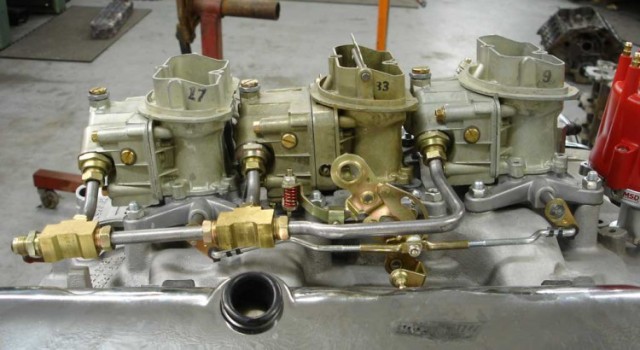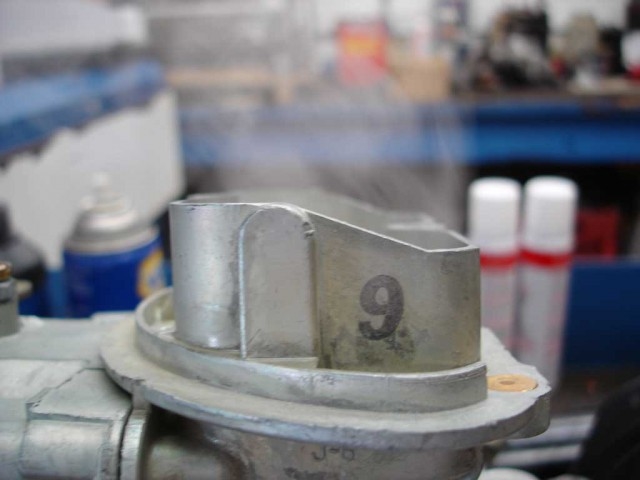 Some of the most desirable C3 engine combinations are the 1967-1969 Tri-Power 427ci big blocks, rated at either 400 or 435 horsepower from the factory. But like their equally sought-after “fuelie” predecessors, they can be a challenge to tune, leading to a lot of frustration.
Some of the most desirable C3 engine combinations are the 1967-1969 Tri-Power 427ci big blocks, rated at either 400 or 435 horsepower from the factory. But like their equally sought-after “fuelie” predecessors, they can be a challenge to tune, leading to a lot of frustration.
Though these triple two-barrel setups can certainly make a lot of power, three carburetors means three times as many potential ways to screw up drivability. Back in the day, you were lucky if you had “a guy” who possessed the arcane wisdom to keep your Tri-Power tweaked properly, but now the knowledge to sort it out yourself is as close as the Interwebs.
As is often the case, our friends at CC Tech have the answers with their guide to Tri-Power tuning/troubleshooting. They rightly point out that many issues start with the fact that rarely-driven cars are typically plagued with dirty or water-contaminated fuel, then go on to suggest inspection of perishable items like hoses and gaskets for leaks or cracks.
Fuel pressure is also a potential source of trouble, thanks to contaminated fuel pump check valve seats. CC Tech points out, “Since the top of the Corvette fuel tank is the same level as the carburetor, the engine will run decent at low speed and idle even when the fuel pump is not working.”
There are plenty of useful tidbits for Tri-Power owners to glean from the article, and the entire CC Tech archive contains a wealth of uncommon knowledge for owners of every Corvette generation. Whenever we have some oddball issue with one of our cars, it’s the first place we look for a solution.


















